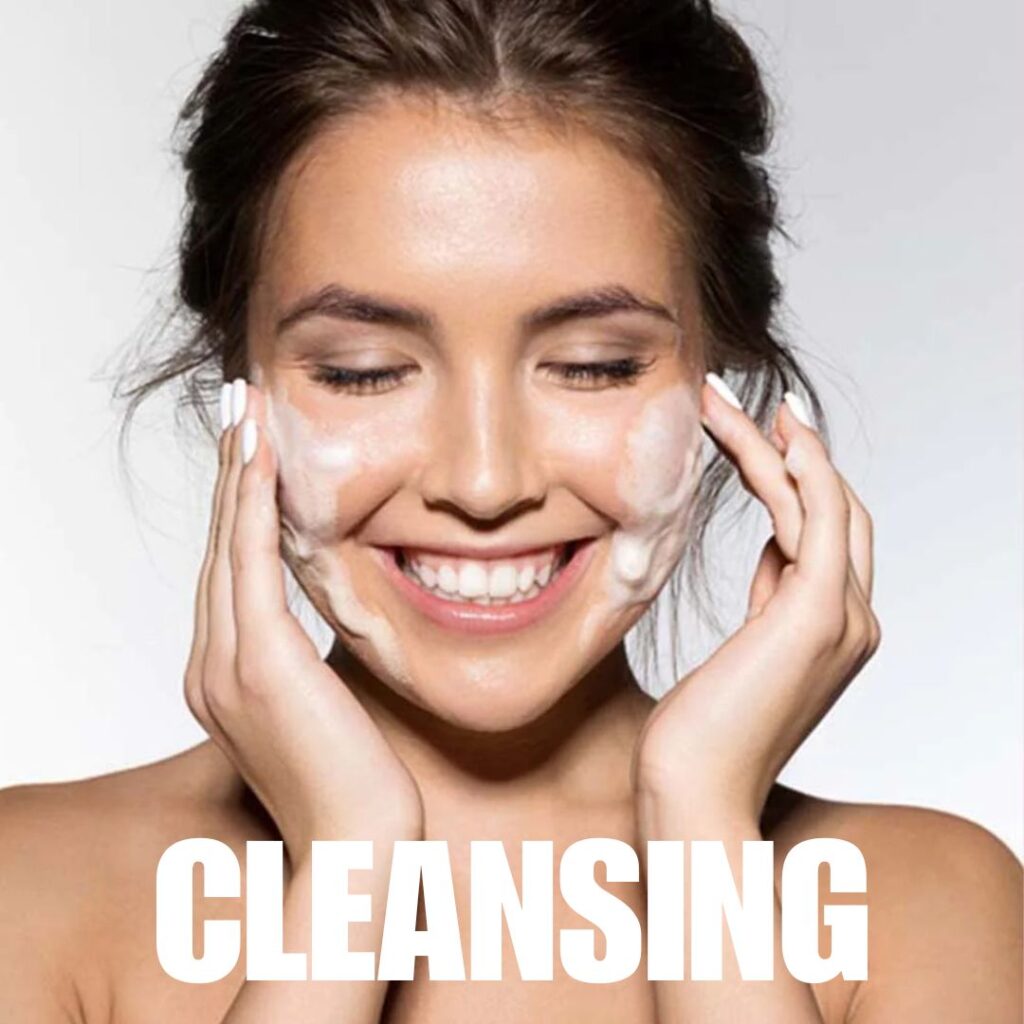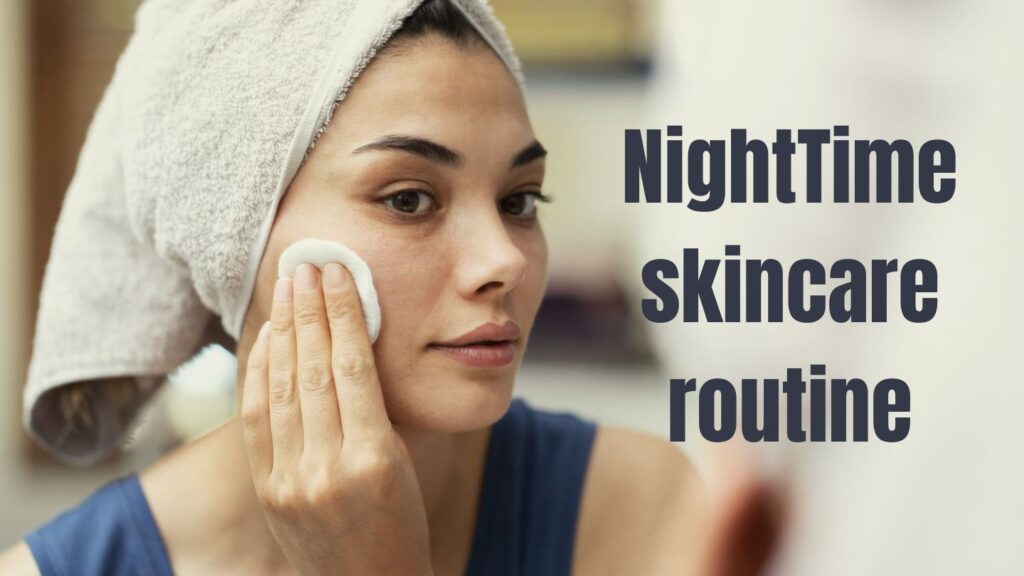Summer is known for being sunny, warm and an outdoor living sensation. It’s always the best time to be outside. However, summertime has its challenges especially with regard to your skin. The added heat and humidity may cause all sorts of problems such as superfluous oiliness, eruptions and even damage induced by exposure to sunlight’s ultraviolet rays. However, having a proper daily skincare routine will ensure that your skin remains smooth, radiant and impeccable throughout the entire summer.
Introduction to Skincare in Summer
“Your skin will need different care as seasons change due to varying weather conditions.” Turning point occurs when the Autumn ends and gives the start of the winter season. Differences with other seasons appear at the end because during winter many places are cold. For coldness to be reduced as experienced under dry climatic conditions no plants are required at this time. We should always keep warm using clothes including stockings or socks. Changing from one season to another means changes face problems related to climate change. Much less plants can be grown in the north than in the south because this is where most of the cold places lie. To avoid feeling too cold, especially when living under humid conditions, plants can grow close to one another. We always cover our bodies with warmer clothes such as socks to guard against cold conditions on earth.
Identifying Your Skin Type
It is very important to know your type of skin first before beginning to think about the best way you could take care of it. This way, whether yours is oily; dry; a combination or one is so delicate in touch or some areas or all of them feel dry like paper against my skin after just washing with soap; knowing what type helps choose correct remedies (while still reducing chances ) which will give the desired result.
Step 1: Cleansing

When summer comes, our skin gets dirty and oily because of sweat and dust. Therefore, washing off all this dirt and sweat from our faces is quite essential at such times. To do this effectively you should use a mild soap capable of removing impurities without making your face dry.
Choosing the Right Cleanser
Find a cleansing product that has ingredients such as salicylic acid or glycolic acid; this will help regulate oil production and prevent acne. Do not use cleansers that are too harsh as they may cause irritation to the skin especially when it is hot.
Frequency of Cleansing
In summer, it’s essential to cleanse your skin twice a day – once in the morning and once at night – to remove sweat, sunscreen, and makeup residue. If you have oily or acne-prone skin, you may benefit from an additional midday cleanse to refresh your skin.
Step 2: Exfoliation

Exfoliation is key to maintaining smooth, radiant skin year-round, but it’s especially important during the summer when dead skin cells can build up more quickly due to sweat and humidity.
Importance of Exfoliation in Summer
It is important to remember there is no one size fits all when it comes to exfoliating. The ideal period is once every 3 weeks or even once per week depending on individual needs. Any other frequency will only cause more harm than good. Exfoliating too often can dry out the skin. It may lead it to cracking and eventually becoming flaky. On the other hand, exfoliating too little will not allow for proper absorption of vital nutrients present in these products. The right balance must therefore be struck. Avoid scrubs that irritate your skin. Instead, consider using something like a toner. The quick schedule to have in this case might involve choosing two out of three available days. Regardless of what you decide, remember these following points: Do not forget the sunscreen because exfoliation can make your skin more sensitive to the sun especially after cleansing. Remember also that doing it while taking too hot showers or using steam could lead to loss of hydration due to evaporation which leaves
ALSO READ : Summer and Navel Infections: Causes, Treatment, and Prevention
Types of Exfoliants
There are two main types of exfoliants: physical and chemical. Physical exfoliants use abrasive particles to manually scrub away dead skin cells, while chemical exfoliants use acids to dissolve the bonds between dead skin cells, allowing them to be easily removed.
Step 3: Toning

While many people fail to realise it, toning is essential when it comes to ensuring that one’s skin remains at an equilibrium on the levels of its acid and base; toning also readies this organ of body for subsequent stages of any personal regimen meant for improving how one looks physically.
Benefits of Toning
A good toner can help tighten pores, remove any leftover impurities after cleansing, and hydrate the skin. Look for toners with ingredients like witch hazel, rose water, or hyaluronic acid to soothe and refresh your skin without stripping it of moisture.
Using Toners Suitable for Summer
During the summer, choose light toners that give hydration and antioxidants without alcohol. They dry up the skin and cause irritation in hot weather. So do not go for toners with alcohol.
Step 4: Moisturising

It is not true that one only needs to moisturise during winter ;therefore, moisturising is equally necessary in both the colder seasons and the hotter ones. Besides, you should always use light creams which do not block up your skin pores but instead sink through easily.
Lightweight Moisturizers for Summer
Seek out moisturisers that contain hyaluronic acid, glycerin, or aloe-vera. Such ingredients provide moisture to your skin without making it oily. For the summer, gel-based moisturisers are a good choice too, since they dry fast and have no shine.
Hydration vs. Heavy Creams
Although heavy creams are tempting in the winter months, they can feel stuffy when it’s hot out; instead think about lighter water-based lotions which hydrate without making you uncomfortable.
Step 5: Sun Protection

Sun protection is non-negotiable, regardless of the season. However, it’s especially crucial during the summer when UV rays are stronger and more damaging.
SPF Essentials
Don’t forget to regularly reapply sunscreen to avoid burns; put it on your ears, neck, hands and other parts of the body frequently; it should be a broad spectrum sunscreen with an SPF of at least 30; put it on every morning despite having clouds in the sky. Apply again every two hours if you swim or sweat too much.
ALSO READ : 3 Creative Ways to Reuse Food Scraps
Reapplication Throughout the Day
To make reapplication easier, consider using a powder sunscreen or setting spray with SPF that you can apply over makeup throughout the day. This ensures continuous protection against harmful UV rays without messing up your makeup.
Step 6: Hydration

To be healthy and have glowing skin, you need to stay hydrated both inside and outside your body” the speaker said, advising us to drink water all day long.
Internal and External Hydration
In addition to drinking water, incorporate hydrating skincare products like serums, essences, and sheet masks into your routine to replenish lost moisture and keep your skin looking plump and dewy.
Incorporating Hydrating Masks
Give your skin a moisturising mask 1-2 times a week to add some extra moisture and nutrients into it. Hyaluronic acid, vitamin E, and ceramides are some of the may ingredients to use in skin-hydrating, healing and soothing masks.
Step 7: Nighttime Routine

It is necessary to have a nighttime skin care routine for skin repair and rejuvenation while you are asleep – this is most critical considering you have been exposed to sun or environmental stressors all day long.
Importance of Nighttime Skincare
When it’s dark, your complexion goes into repair mode. Therefore, in anticipation of treating it with night-time treatments that are meant to rejuvenate the skin after a day of damage caused by pollution, dirt, sweat, and adverse weather conditions like extreme temperatures; it is important that you first cleanse off these impurities like dirt and makeup before applying them so as not to interfere with their effectiveness.
Products for Overnight Repair
Use products with active ingredients like retinol, vitamin C, and niacinamide to target specific skin concerns like fine lines, hyperpigmentation, and dullness. Apply a rich, nourishing night cream to lock in moisture and support your skin’s natural regeneration process.
Achieving glowing skin during the summer doesn’t have to be complicated. By following a simple yet effective skincare routine tailored to the season, you can keep your skin healthy, hydrated, and radiant all summer long.





2 thoughts on “7 Step Skincare Routine for Glowing Skin During Summer”
Comments are closed.